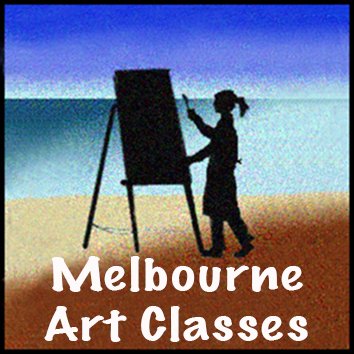COLOUR WHEEL COMPARISONS
Compare this antique wheel with the ones that you see often shown today (down below).
Then try to mix the complimentary colours (which are the colours opposite each other) to make a rich grey. You will need to see for yourself which yellow, red and blue are primary etc in your pigments. (We use Magenta, Cyan (A blue with minimal green or violet bias), and Yellow - the contemporary triadic threesome, from which all other hues can be mixed).
COLOUR MIXING & COLOUR HARMONISING require a few different sets of skills.
Take a look at the area where red meets red-violet in this antique wheel by Schiffermueller, 1700s (they had no scientific evidence of Magenta wavelengths, nor did they have modern synthetic pigments which give us reasonably unbiased magentas, so their primary red was of course ‘red’ which does have a light wavelength associated( around 620-750nm). Violet has a wavelength of 380.
Magenta is the complementary colour to secondary green or the colour of the afterimage you would see after you stare at a green light. Each of the colours of light has complementary colours that are found in the visible spectrum, except for green's complement, magenta. Mostly our brain averages the wavelengths of light we see in order to come up with a colour. Eg, if you mix red light and green light, you'll see a yellow light. However, if you mix violet light and red light, you see magenta rather than the average wavelength, which would be green. Our amazing brain has a way to bring the ends of the visible spectrum together in a way that makes sense. Fascinating, but also very confusing.
If you were to use these printed wheels below as a guide for partnering your pigment hues to mix chromatic greys, you would join the unhappy mud club!! The printed colors shown are not matched well at all for pigment mixing.
It is essential to make your own wheels if you really want to truly know your own pigments and who their mixing partners are plus use your own wheel always to develop great harmonious schemes that help you tell your visual stories.
Go through these sections one by one , using the image links in this Colour Master Index











